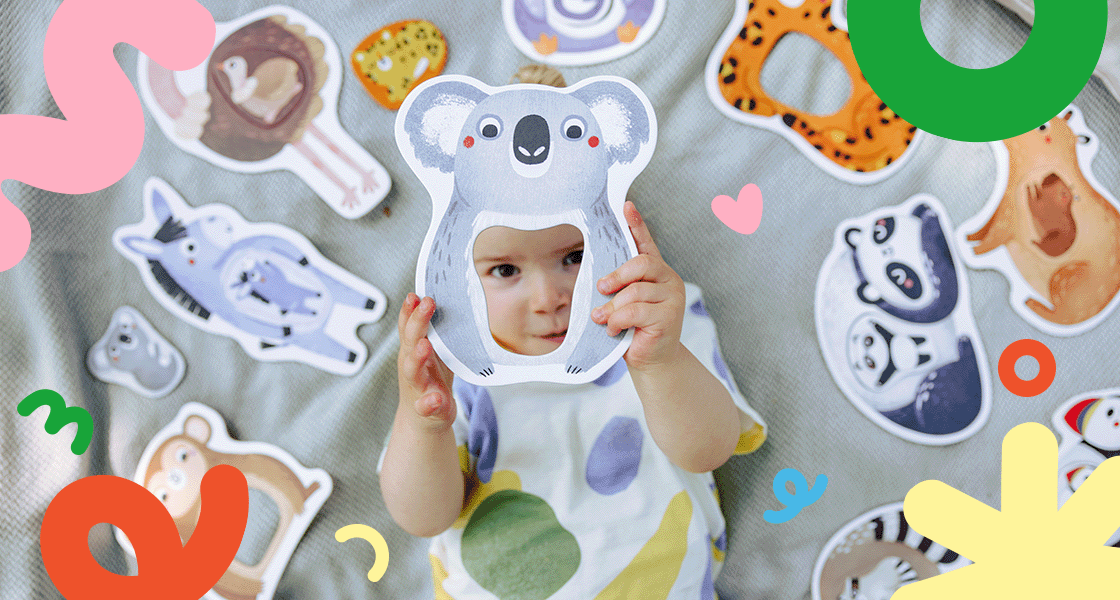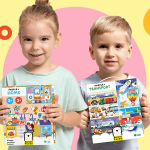From 18 months to 2 years
Motor skills, especially large motor skills, develop intensively up to the age of 2. Children at this age absorb new information like a sponge and the best context for learning naturally is play. Read on to see what happens during step 4 from 18 months to 2 years.

Child development from 18 months – 2 years
Your child is already moving through the world with greater confidence. At 18 months, children can turn a few pages in a book, build a tower with large blocks and draw, as well as insert a few basic shapes into a sorting toy. At age 2, children can recopy vertical lines. With age comes the desire for greater independence as your child begins to drink, eat with their hands and use a spoon unaided. Your child can take off their shoes and is gaining greater awareness of their bodily functions, indicating when a diaper needs to be changed and gearing up for potty training.
Even before the age of 2, children begin to demand adult engagement, but at this age they are capable of independent play if a caregiver is nearby. Your child is beginning to invent their own games and showing greater interest in peers, though not yet playing with others. A sense of ownership has developed and is actively defended. Children at this age are also eager to help out with minor household tasks.
By the age of 2, your child has become much more communicative and can combine two words into simple sentences. They feel a deep need to communicate, but often use their own language to do so. Questions such as “What is this?” are becoming more common. Your child already knows about 100 words and is consistently expanding their vocabulary.
Ways to play with your 18-month-old
- Use toy elements within an open space so that your child needs to look for a missing piece.
- Invent new ways of moving, including imitating various animals.
- Look at books together and let your child turn the pages.
- Read books that relate to your child’s life, for example on themes related to independence, daily routines and games.
- Talk about the events that happen in books using the illustrations, or observe other children or household members around you.
- This is a good time to start or continue playing with puzzles. Begin with simple formats and gradually increase the level of difficulty. Puzzles are a great way to hone fine motor skills, perceptiveness and spatial imagination, as well as patience and perseverance.
- Sorting toys, including puzzles, are fun for children of this age.
- Sensory play that exposes your child’s skin to a variety of textures. This can include walking barefoot on grass, sand and other surfaces.
- Your child can help out in the kitchen, for example by adding ingredients to a bowl or cutting up bananas with a plastic or butter knife.
- Don’t stress over the mess! This is a natural stage of learning and acquiring new skills.
- Your child is discovering that they can make things happen. Show them how to hold a crayon and the colorful marks they can make. Age-appropriate coloring books are a great resource here. Remember that your child will learn to be more precise in their art work, but everyone has to start somewhere!
- Spend as much time as possible being physically active.
- Name the things around you, respond to your child’s questions and support their interests.
Is your child over 2? Time for From age 2 to 3
Follow us on Instagram!
Like our Facebook page!
Follow us on TikTok!











